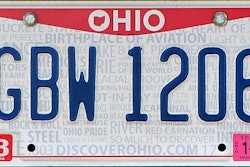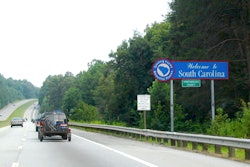
NAPA says roughly 99 percent of the material removed during road maintenance and repair is put back into use in new pavements. Just a few decades ago, this material was headed straight to the landfill.
It’s clear the industry has taken a shine to RAP use, as evidenced by the winners of NAPA’s 2016 Quality in Construction (QIC) Award presented at its meeting. Out of the 214 projects awarded, 64 used RAP in either surface or binder courses.
The benefits of using RAP are many, but boil down to cost savings: there are reduced costs from having to use less virgin binder, there is less new asphalt content required in the mix design, aggregate cost is down as more is coming from the RAP and there is a lower impact or shifting liquid asphalt prices.
In general terms, RAP is less expensive per ton (less energy is used in producing it compared to virgin asphalt), so the more it is used in a mix design, the lower the overall cost of the mix. Plus, multiple studies, many done by the National Center for Asphalt Technology (NCAT) at Auburn University, show RAP is proven to work as well as, if not better than, virgin mixes.
One of the 2016 NAPA QIC winners this year, Wiregrass Construction, used 20 percent RAP in the surface course of State Route 35 in DeKalb County, Alabama. Kirk Barker, area manager, Wiregrass Construction, Guntersville, Alabama, says the main benefits for a contractor to use RAP is lower costs and millings management.









